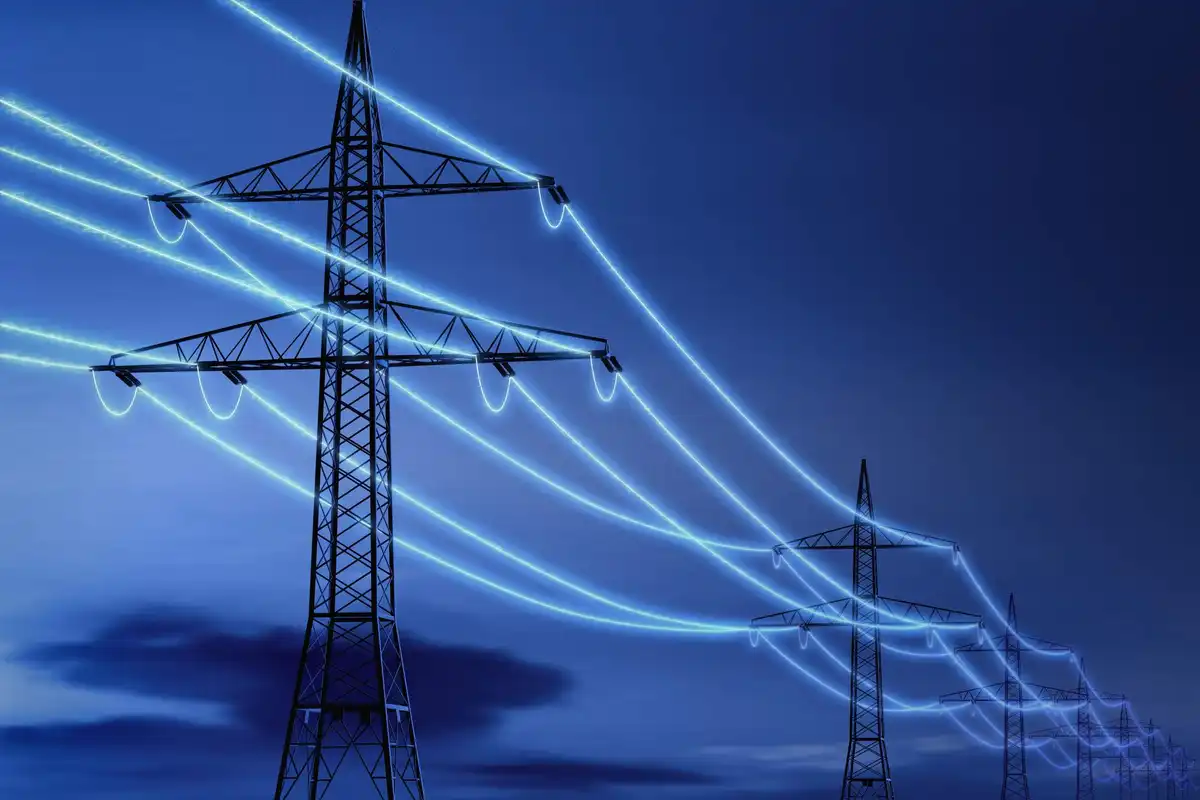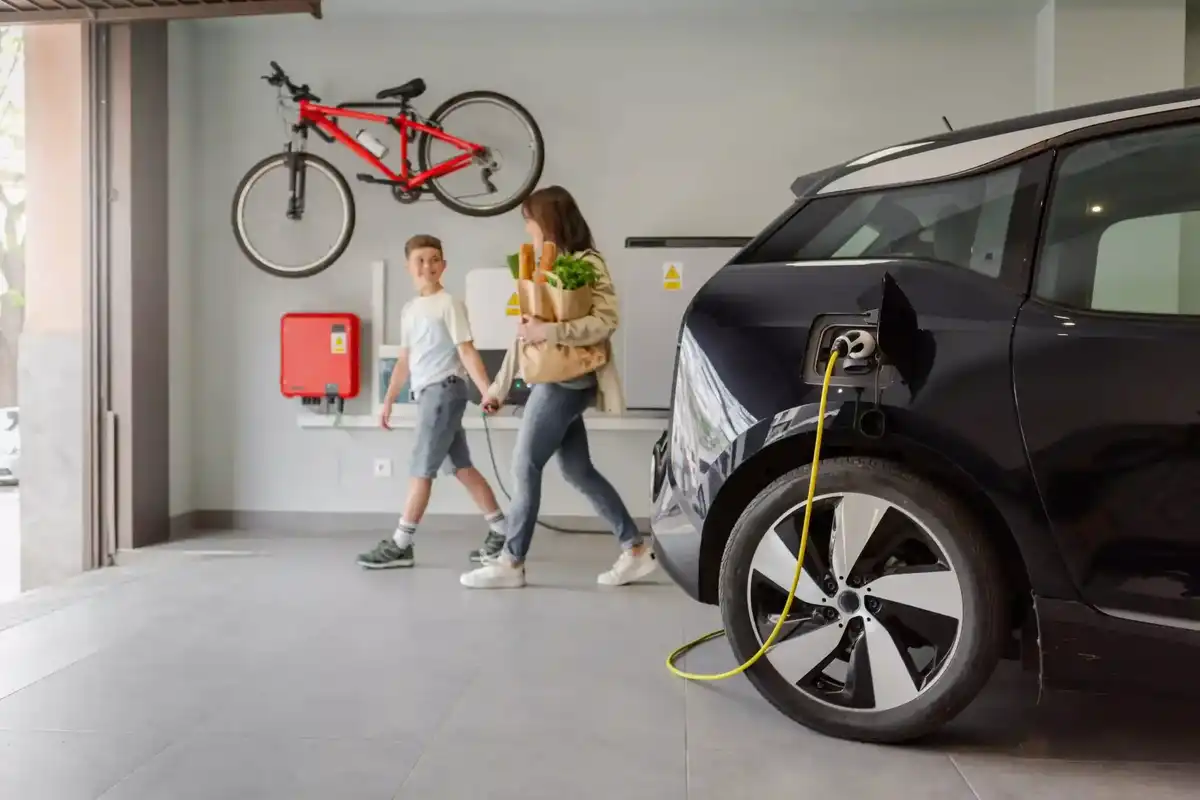New report rates best electric companies and renewable energy plans
energy plans
Choose Texas Power—a marketplace that allows users to view and compare electricity plans, providers and rates in the state—has compiled its Best Texas Electric Companies report.
The data-driven list considers pricing, providers and consumer trends, and rates for companies listed on its marketplace. The report was updated earlier this month.
Choose Texas Power rated the Texas energy companies using its proprietary data and online reviews, and gave each company a score from zero to five based on customer service, accessibility and plan variety.
Houston-based Express Energy tied for first place on the list with DFW-based TXU Energy, 4Change Energy and Veteran Energy. Eight other Houston-area companies made the 10. The companies all received a rating of 5 out of 5.
The full list includes:
- Houston-based Gexa Energy (4.9)
- Irving-based TriEagle Energy (4.9)
- Houston-based Frontier Utilities (4.8)
- Spring-based Atlantex Power (4.6)
- Houston-based Rhythm Energy (4.6)
- Houston-based Green Mountain Energy (4.5)
- Houston-based Reliant Energy (4.3)
- Houston-based Direct Energy (4.2)
- Houston-based APG&E Energy (4.2)
- Houston-based Discount Power (4)
- Plano-based Cirro Energy (4)
- Fort Worth-based Payless Power (3.9)
Choose Texas Power also broke down the best companies for specific customer needs.
- Best for affordable green energy: Gexa Energy
- Best for 100% renewable energy: Rhythm Energy
- Green energy plans for low usage: Green Mountain Energy
- Best for smart home upgrades: Discount Power
- Best for straightforward energy plans: TriEagle Energy
- Best for plan variety: TXU Energy
- Best for simple contract terms: Express Energy
Find the full report here.






 Silambam Houston will use the grant to help with the installation of a rooftop solar array and a new pavilion at its Pearland dance studio. Photo courtesy of Green Mountain
Silambam Houston will use the grant to help with the installation of a rooftop solar array and a new pavilion at its Pearland dance studio. Photo courtesy of Green Mountain Hope Farms installed 18 solar panels and already has plans to add more. Photo courtesy of Hope Farms
Hope Farms installed 18 solar panels and already has plans to add more. Photo courtesy of Hope Farms

 Air Liquide and Hyundai agreed to expand hydrogen refuelling networks, storage capacity and more at a meeting in Seoul last week. Photo courtesy Air Liquide.
Air Liquide and Hyundai agreed to expand hydrogen refuelling networks, storage capacity and more at a meeting in Seoul last week. Photo courtesy Air Liquide.
